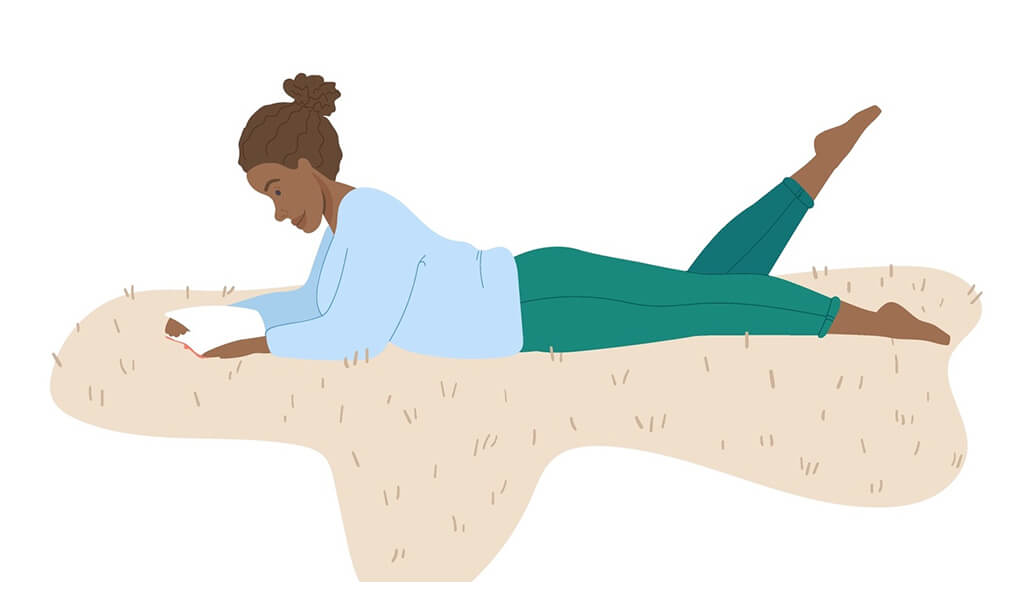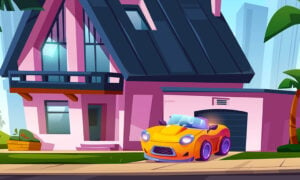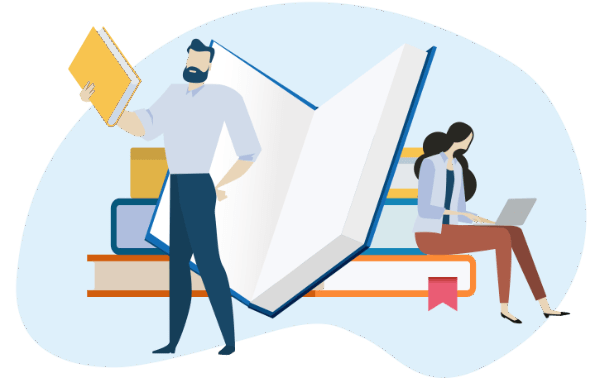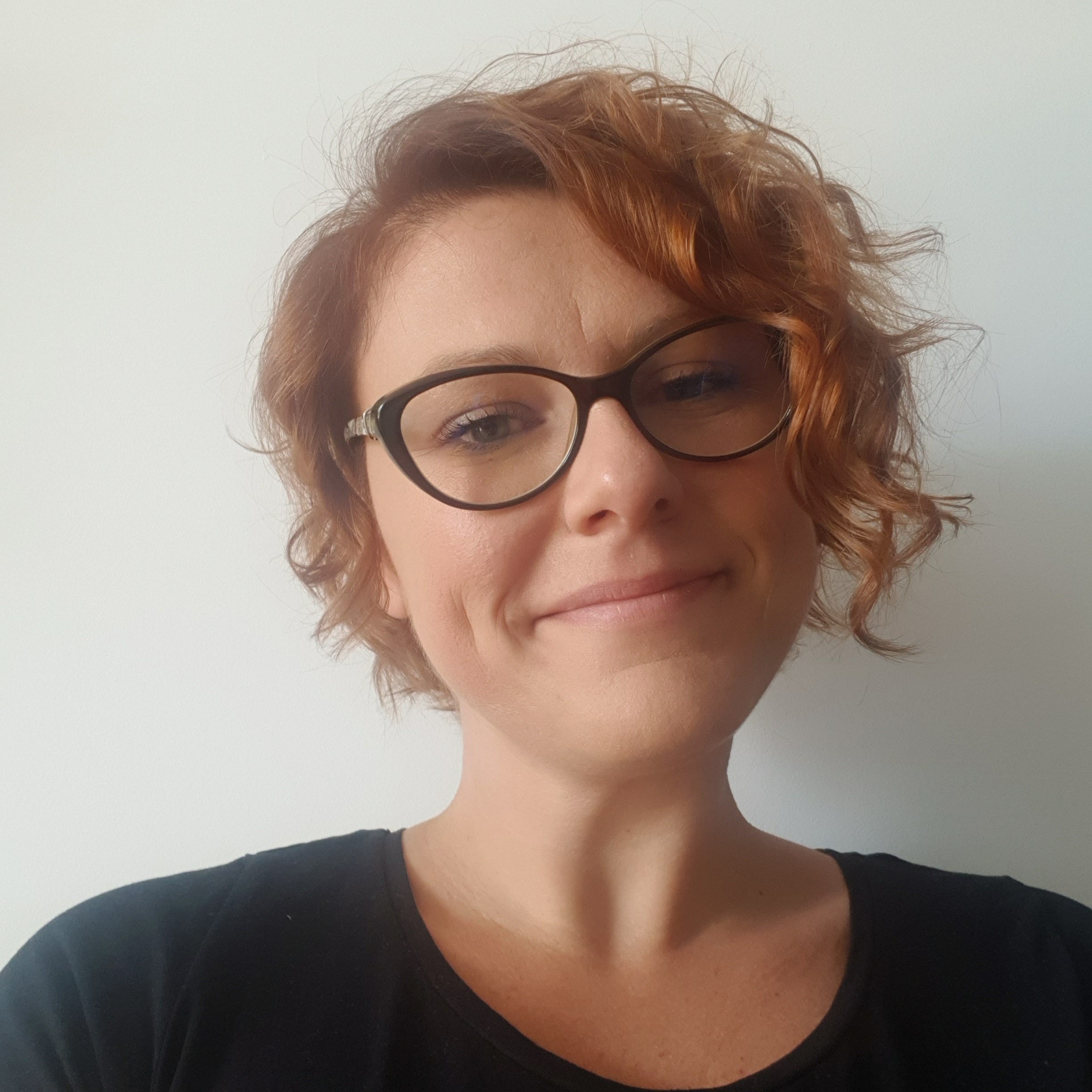
The main goals of this ESL lesson plan are to:
- – Build literary vocabulary including story types, book descriptors like “page-turner” and “awe-inspiring,” plus literary terms such as “allegory” and “protagonist” in this advanced ESL lesson.
- – Watch videos about storytelling to understand how narratives shape minds and explore the seven major plot structures for adult English lessons.
- – Create original stories using unrelated images while discussing favorite literature and engaging with creative non-fiction concepts using these English teaching materials.
In this Advanced ESL lesson, the student will acquire and practice vocabulary used to talk about works of literature, storytelling, and the benefits of reading.
Warm-up
In the introductory part of the lesson, the student circles synonyms of the word story (saga, yarn, fable, etc.). Next, they choose the correct alternative to complete definitions of different types of stories.
Presented with summaries of three well-known fairy tales, the student matches them with their morals.
Vocabulary: adjectives to describe works of literature
The student completes an association exercise with one word that matches the given ones and can be used to form words used to describe stories and books (well-written, well-paced, well-researched, etc.).
By matching words, the student forms adjectives and expressions that are used to describe books (e.g. page-turner, awe-inspiring, canon-worthy, etc.). Then, they use them to fill in the gaps and in their own examples.
Video: How stories shape our minds
The student watches the video How stories work and chooses the correct set of words describing the benefits of stories in our lives. The student watches the video again and completes the sentences with the missing words.
Vocabulary: literary genres
The student revises literary genres by matching them with the correct descriptions (memoir, biography, self-help, etc.). This exercise is followed by a speaking exercise in which the student talks about their favorite works of literature and names titles belonging to different genres.
The student learns some more literary terms – allegory, foreword, resonate, conjure, protagonist, and render, by matching them with the right contexts.
Video: 7 major plots in storytelling
After watching the video 7 major plots in storytelling, the student summarizes each of them in their own words.
Creative non-fiction
The student reads and completes a passage explaining creative non-fiction with the missing words. In a reading comprehension exercise, they mark statements about creative non-fiction as true or false.
To sum up, the student completes a mind map about stories and the elements they learned about by adding words from the box to the right category. They also choose the odd one out in groups of literary terms.
Finally, they pick a card with seemingly unrelated pictures that they need to use to tell a story.

Living Like the Rich
This Advanced ESL lesson explores the complex realities of extreme wealth,…

The Finer Things in Life
The main goals of this ESL lesson plan are to:
–…
The Magic of Christmas
The main goals of this ESL lesson plan are to:
–…

